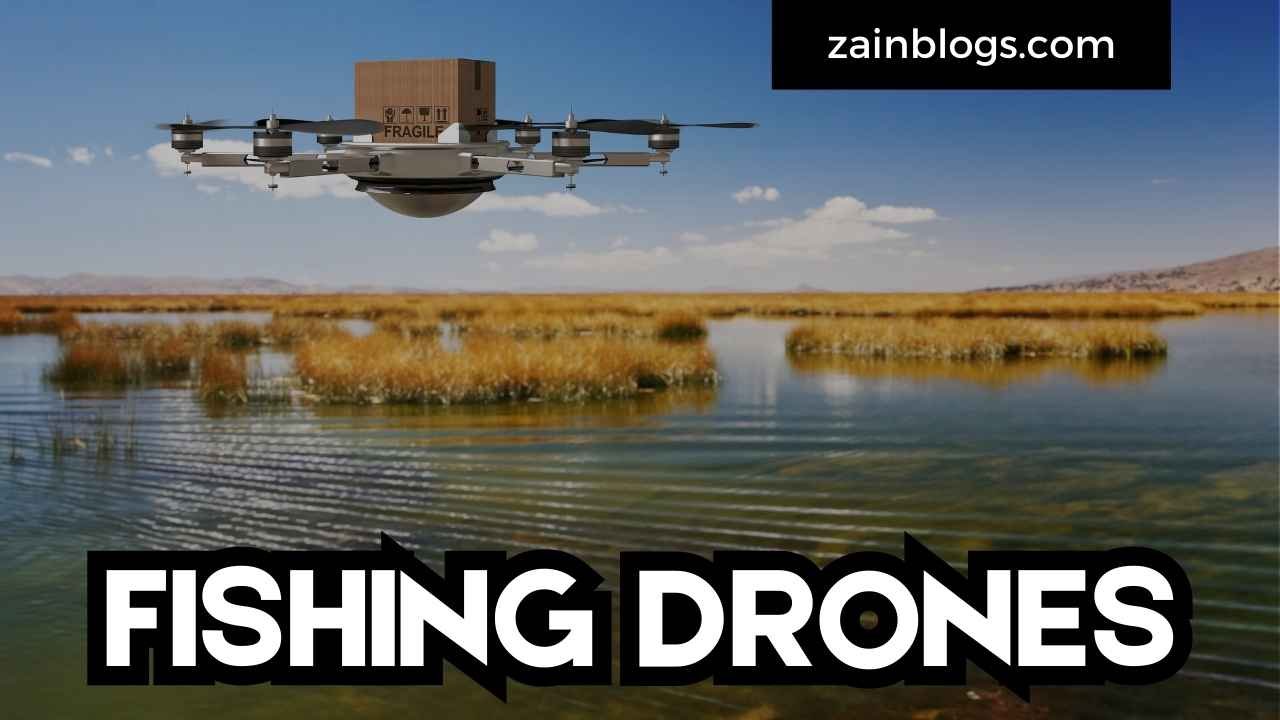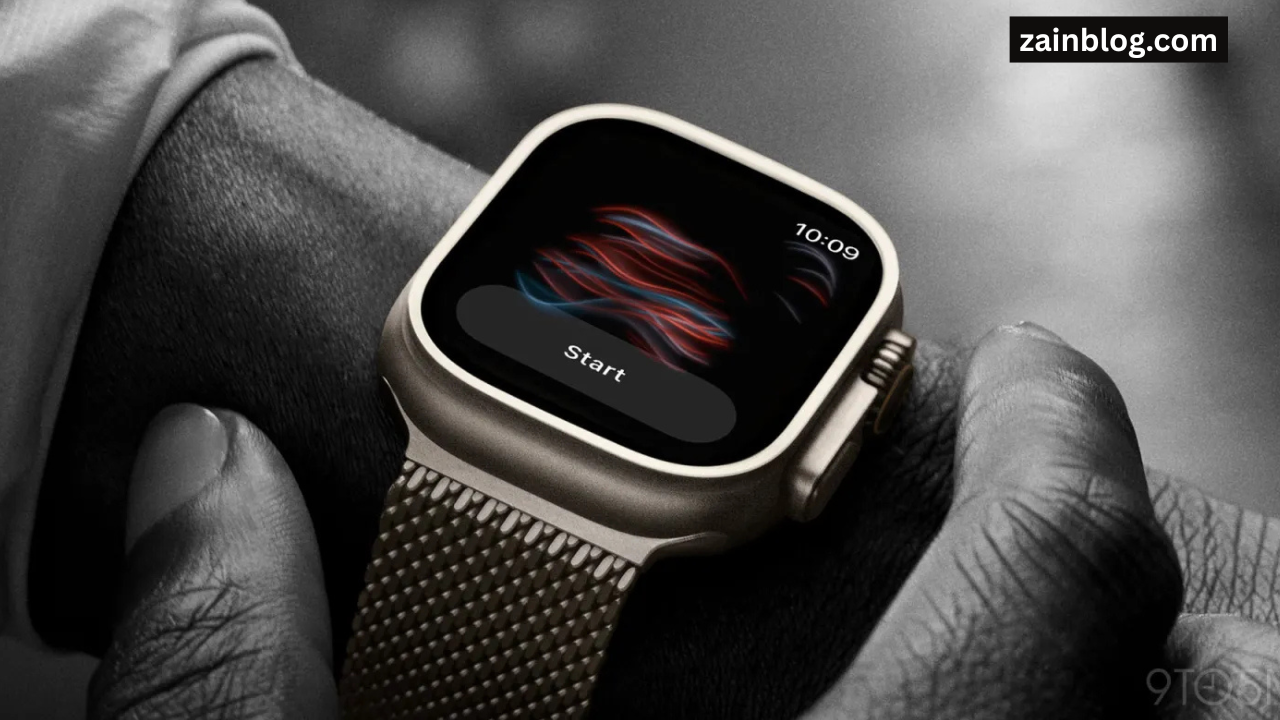Table of Contents
Introduction
The world of fishing is evolving, and one of the most exciting advancements is the integration of drones into the sport. No longer are drones just tools for aerial photography or military use; they are now pivotal in modern angling. Whether you’re a seasoned fisherman or just getting started, understanding how a fishing drone can enhance your experience is essential. In this blog post, we’ll dive deep into the world of fishing drones, exploring how they work, the benefits they offer, and how to choose the right one for your needs.
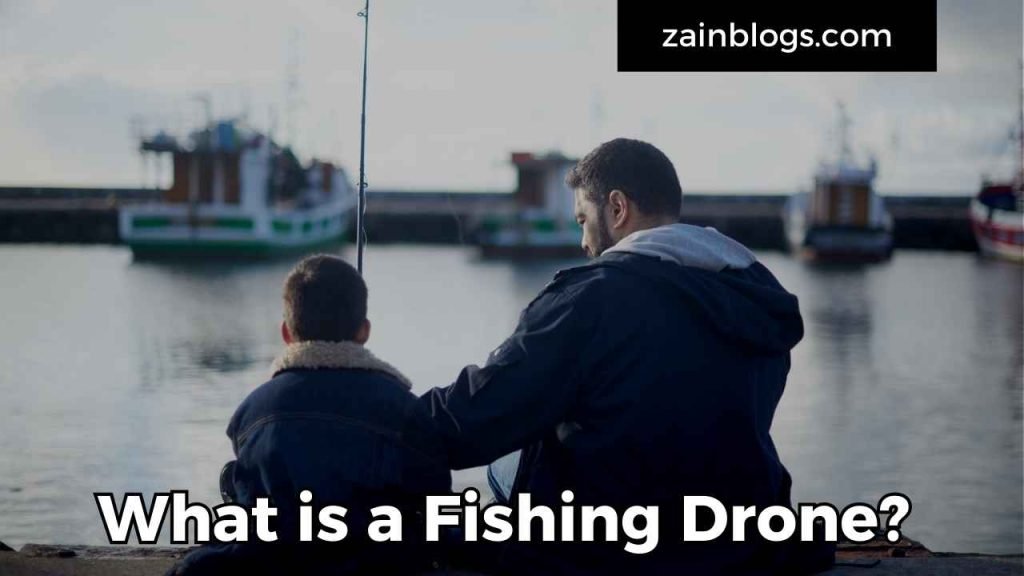
What is a Fishing Drone?
Fishing drones are specialized unmanned aerial vehicles (UAVs) designed to assist anglers in various tasks, from scouting the best fishing spots to delivering bait and lures with precision. Unlike traditional fishing methods, where casting distance is limited by your rod and reel, a fishing drone allows you to extend your reach far beyond what was previously possible. With a fishing drone, you can drop your bait exactly where you want it, even in hard-to-reach areas like deep waters or behind obstacles.
These drones come equipped with high-definition cameras, GPS, and sometimes even sonar technology, giving you a bird’s-eye view of the underwater world. The rise of fishing drones has opened up new possibilities, making fishing more accessible and efficient. The key to mastering this technology lies in understanding its capabilities and how it can be tailored to your fishing style.
How Fishing Drones Work
To fully appreciate the potential of fishing drones, it’s important to understand how they work. At their core, fishing drones operate similarly to other drones but are enhanced with features specifically designed for angling. The most basic function of a fishing drone is its ability to carry and drop bait at a precise location. This is made possible through a release mechanism that can be controlled via remote or an app, allowing you to position your bait exactly where fish are likely to be.
In addition to bait delivery, many fishing drones are equipped with advanced camera systems that offer live video feeds. This allows you to scout the area before you cast, identifying schools of fish or avoiding underwater obstacles. Some high-end models even include sonar capabilities, which can provide a detailed map of the underwater terrain, helping you to identify the best fishing spots. The integration of GPS technology ensures that the drone can return to your exact location after completing its mission, making the entire process seamless and efficient.
The Advantages of Using a Fishing Drone
Using a fishing drone can significantly enhance your fishing experience, offering several advantages over traditional methods. One of the most notable benefits is the ability to cast your line far beyond the reach of a standard rod and reel. This is particularly useful for surf fishing or when targeting species that dwell in deeper waters. With a fishing drone, you can deliver your bait hundreds of meters offshore with pinpoint accuracy, increasing your chances of landing a big catch.
Another advantage is the ability to scout the area before you start fishing. The high-definition cameras on these drones provide real-time video feeds, allowing you to spot fish from above and adjust your strategy accordingly. This not only saves time but also increases your efficiency on the water. Furthermore, fishing drones are ideal for covering large areas, making them perfect for those who like to explore different fishing spots without having to move their boat or kayak frequently.
Types of Fishing Drones
When it comes to choosing a fishing drone, there are several options available, each designed for different types of fishing. Some drones are specifically built for saltwater fishing, featuring corrosion-resistant materials and longer battery life to withstand the harsh marine environment. Others are better suited for freshwater fishing, offering more maneuverability and features like sonar for better fish detection.
For beginners, a basic model with camera and bait release capabilities may suffice. These drones are typically easier to control and more affordable. On the other hand, experienced anglers might prefer a more advanced model with additional features like GPS, auto-return, and obstacle avoidance. These drones offer greater versatility and can handle more complex fishing scenarios. It’s important to assess your fishing needs and skill level before making a decision.
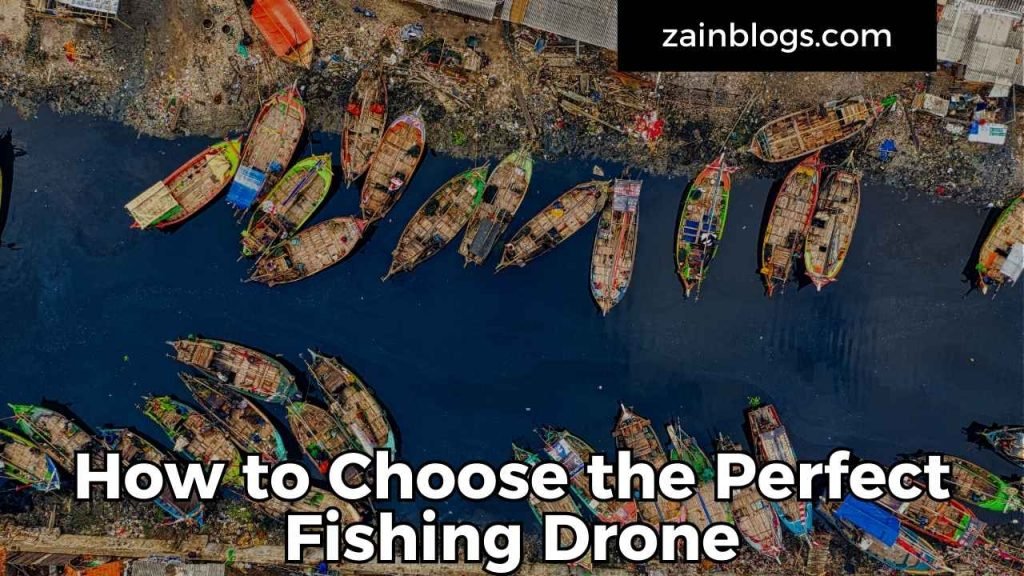
How to Choose the Perfect Fishing Drone
Selecting the right fishing drone can be a daunting task, especially with so many options available on the market. To make the process easier, it’s essential to consider a few key factors. First and foremost, think about the type of fishing you’ll be doing. If you primarily fish in saltwater, look for a drone that is built to withstand corrosion and has a longer battery life. For freshwater fishing, maneuverability and precision might be more important.
Another crucial factor is the drone’s payload capacity, which determines how much weight it can carry. This is especially important if you plan to use heavy baits or lures. Battery life is also a critical consideration, as you don’t want your drone running out of power while it’s far from shore. Additionally, consider the range of the drone, as this will determine how far you can cast your line. Finally, look at the drone’s camera quality and any additional features like GPS or sonar, which can greatly enhance your fishing experience.
Setting Up Your Fishing Drone
Once you’ve selected your fishing drone, the next step is setting it up for your first fishing expedition. Start by familiarizing yourself with the drone’s controls and features. Most drones come with a user manual that provides detailed instructions on how to operate the drone, but it’s also a good idea to watch online tutorials or join fishing drone communities for additional tips.
Before heading out, ensure that your drone’s battery is fully charged and that you have a clear understanding of the weather conditions. Windy or rainy weather can make flying a drone challenging, so it’s best to fish on calm days. Attach your fishing line and bait to the drone’s release mechanism, making sure that the line is securely fastened. When you’re ready, fly the drone out to your desired location, using the live video feed to guide your movements. Once you’ve found the perfect spot, release the bait and wait for the fish to bite.
Mastering Drone Fishing Techniques
Drone fishing requires a different set of skills compared to traditional fishing, but with a little practice, you can master the techniques. One of the most important tips is to always keep an eye on the drone’s battery life. The last thing you want is for your drone to run out of power while it’s over the water. It’s also important to maintain a clear line of sight with your drone at all times, as this will help you avoid obstacles and ensure a safe return.
Another key technique is to use the drone’s camera to scout the area before dropping your bait. Look for signs of fish activity, such as ripples on the water’s surface or shadows moving below. If you’re using a drone with sonar capabilities, take advantage of this feature to identify schools of fish or underwater structures where fish are likely to be hiding. Lastly, be patient and take your time. The beauty of drone fishing is that it allows you to cover large areas with ease, so don’t rush the process.
Fishing Drone Safety
Safety is paramount when it comes to using a fishing drone. While these devices are designed to be user-friendly, there are still risks involved, especially when flying over water. One of the most common hazards is losing control of the drone due to strong winds or interference. To minimize this risk, always check the weather forecast before heading out and avoid flying in extreme conditions.
Another safety consideration is the drone’s battery life. Make sure to monitor the battery levels throughout your fishing trip and return the drone to shore well before the battery is depleted. It’s also a good idea to practice flying your drone in an open area before taking it out on the water, as this will help you get a feel for the controls and build your confidence. Lastly, be mindful of local regulations regarding drone use, as there may be restrictions on where and how you can fly.
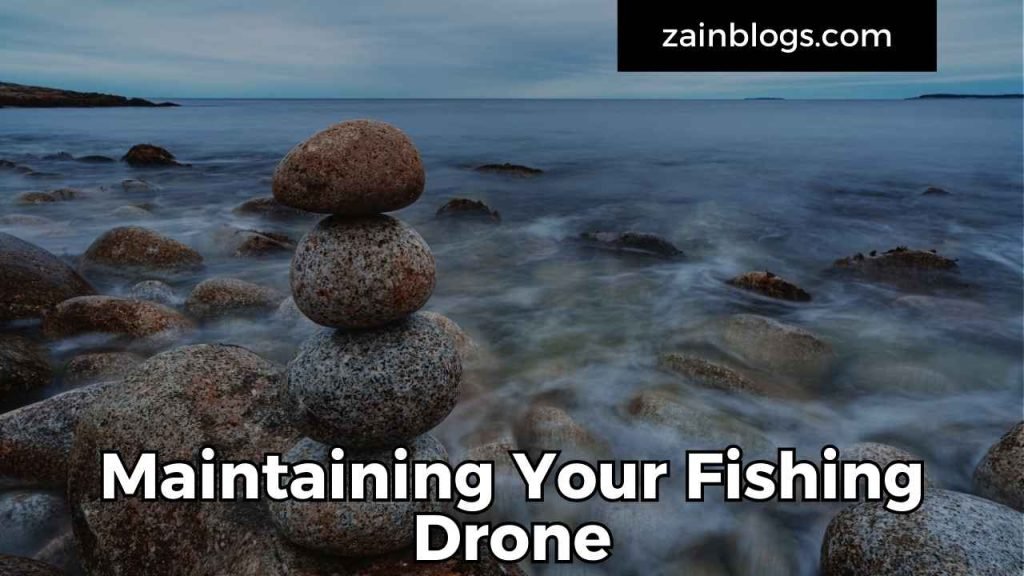
Maintaining Your Fishing Drone
Regular maintenance is essential for keeping your fishing drone in top condition. After each fishing trip, take the time to clean your drone thoroughly, especially if you’ve been fishing in saltwater. Salt can corrode the drone’s components over time, so it’s important to rinse the drone with fresh water and dry it completely before storing it. Additionally, check the propellers for any signs of wear and tear, and replace them if necessary.
It’s also important to keep the drone’s firmware updated. Manufacturers often release updates that improve the drone’s performance and fix any bugs. Make sure to download and install these updates regularly. Battery maintenance is another crucial aspect of drone care. Avoid letting the battery drain completely, and store it in a cool, dry place when not in use. By taking these steps, you can extend the lifespan of your fishing drone and ensure that it remains reliable on your future fishing trips.
Exploring the Best Fishing Drone Models
With so many fishing drones on the market, it can be challenging to choose the right one. In this section, we’ll review some of the best models available, highlighting their features, pros, and cons. For beginners, the Swellpro SplashDrone 3+ is a great option. It’s waterproof, easy to control, and comes with a high-definition camera and bait release mechanism. The DJI Phantom 4 Pro V2.0 is another popular choice, known for its long battery life, advanced camera system, and obstacle avoidance technology.
For those looking for a more budget-friendly option, the Potensic Dreamer Pro is a solid choice. It offers decent camera quality, a reliable GPS system, and a user-friendly interface. On the higher end of the spectrum, the PowerVision PowerEgg X is a versatile drone that can be used for both fishing and aerial photography. It features an AI camera, voice control, and a waterproof design, making it suitable for various fishing environments.
Fishing Drone Accessories
To get the most out of your fishing drone, consider investing in a few key accessories. One of the most useful accessories is a waterproof case, which provides added protection for your drone when flying over water. This is particularly important for non-waterproof drones, as it can prevent damage in the event of a crash. Another handy accessory is an extra battery, which allows you to extend your fishing time without having to wait for the drone to recharge.
A fishing line spooler is another valuable tool, helping you to quickly and easily attach your fishing line to the drone’s release mechanism. If your drone doesn’t come with a built-in camera, consider investing in a high-quality action camera, such as a GoPro, to capture stunning aerial footage of your fishing adventures. Lastly, a sunshade for your remote controller can improve visibility on bright days, making it easier to see the live video feed from your drone.
The Legal Side of Drone Fishing
Before you start using a fishing drone, it’s important to familiarize yourself with the legal regulations and guidelines in your area. Drone use is subject to various rules, which can vary depending on your location. In many countries, you’re required to register your drone with the relevant authorities, especially if it exceeds a certain weight. Additionally, there are often restrictions on where you can fly your drone, such as near airports, national parks, or densely populated areas.
When it comes to fishing, there may be additional regulations to consider. For example, some areas have specific rules regarding the use of drones for bait delivery or fish scouting. It’s crucial to research the local laws before heading out to avoid fines or penalties. Furthermore, always respect the privacy of others when flying your drone and be mindful of other anglers who may be fishing nearby.
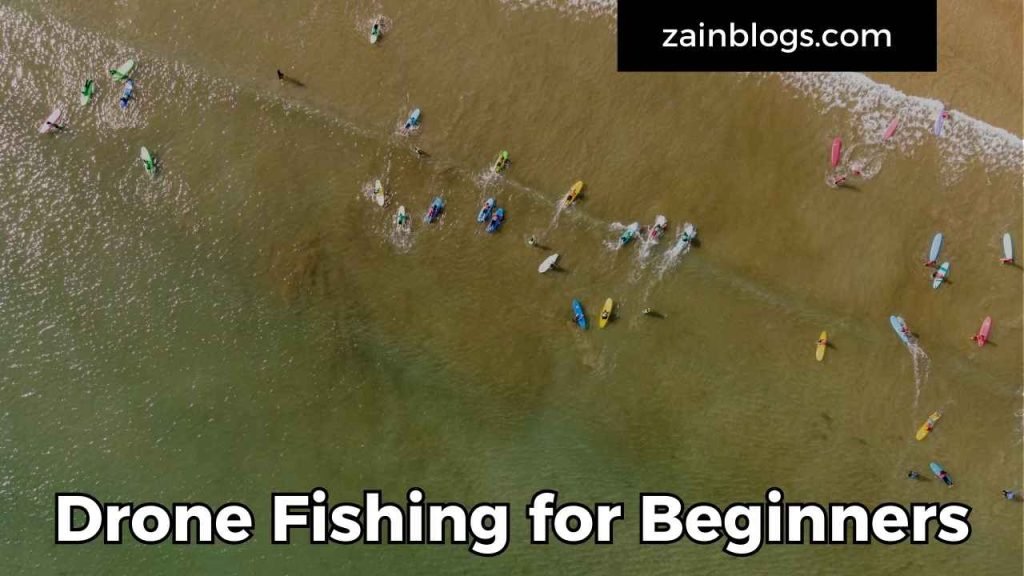
Drone Fishing for Beginners
If you’re new to drone fishing, the prospect of flying a drone while managing your fishing gear can be daunting. However, with a little preparation and practice, you can quickly get the hang of it. Start by practicing your drone flying skills in an open area, away from water or obstacles. This will help you build confidence and familiarize yourself with the controls.
Once you’re comfortable flying the drone, try attaching a small weight to simulate the fishing line and bait. Practice dropping the weight at specific locations to improve your precision. When you’re ready to head out on your first fishing trip, choose a calm day with minimal wind. Take your time to set up the drone and double-check that everything is in working order. Remember, drone fishing is a skill that improves with practice, so don’t be discouraged if it takes a few attempts to get it right.
Advanced Drone Fishing Strategies
For those who have mastered the basics of drone fishing, there are several advanced strategies that can help you take your skills to the next level. One technique is to use the drone to create a feeding frenzy by dropping small amounts of bait in a specific area. This can attract fish to your location, increasing your chances of a successful catch.
Another advanced strategy is to use the drone’s camera and sonar capabilities to track fish movements in real-time. By monitoring the video feed and sonar data, you can adjust your bait placement and timing to target specific fish species more effectively. Additionally, consider using multiple drones if you’re fishing in a large area. This allows you to cover more ground and explore different spots simultaneously, improving your overall efficiency.
Fishing Drone Myths
As with any new technology, fishing drones have their fair share of myths and misconceptions. One common myth is that drones are difficult to control and prone to crashing. While it’s true that drones require some practice to master, most modern fishing drones are designed to be user-friendly and come with features like auto-hover and obstacle avoidance to prevent accidents.
Another misconception is that drone fishing is only for tech-savvy anglers. In reality, fishing drones are accessible to anglers of all skill levels. Whether you’re a beginner or an experienced fisherman, a fishing drone can enhance your angling experience. Lastly, some people believe that drone fishing is cheating or takes the sport out of fishing. However, using a drone is simply another tool in your fishing arsenal, and it can help you explore new fishing spots, reach deeper waters, and improve your overall success rate.
Anglers Who’ve Mastered Drone Fishing
Drone fishing has gained popularity among anglers worldwide, and many have shared their success stories online. From catching massive tuna in the open ocean to landing elusive freshwater species, fishing drones have proven to be game-changers for many fishermen. One notable example is a group of anglers in Australia who used a drone to catch a giant trevally, a species known for its strength and speed. The drone allowed them to drop their bait far beyond the breaking waves, right into the fish’s feeding zone.
In another story, a fisherman in Florida used his drone to scout for tarpon, a highly prized game fish. By using the drone’s camera to spot the fish from above, he was able to position his bait perfectly and land a tarpon within minutes. These stories highlight the potential of fishing drones to transform the way we fish, making it easier to target specific species and increasing the chances of a successful catch.
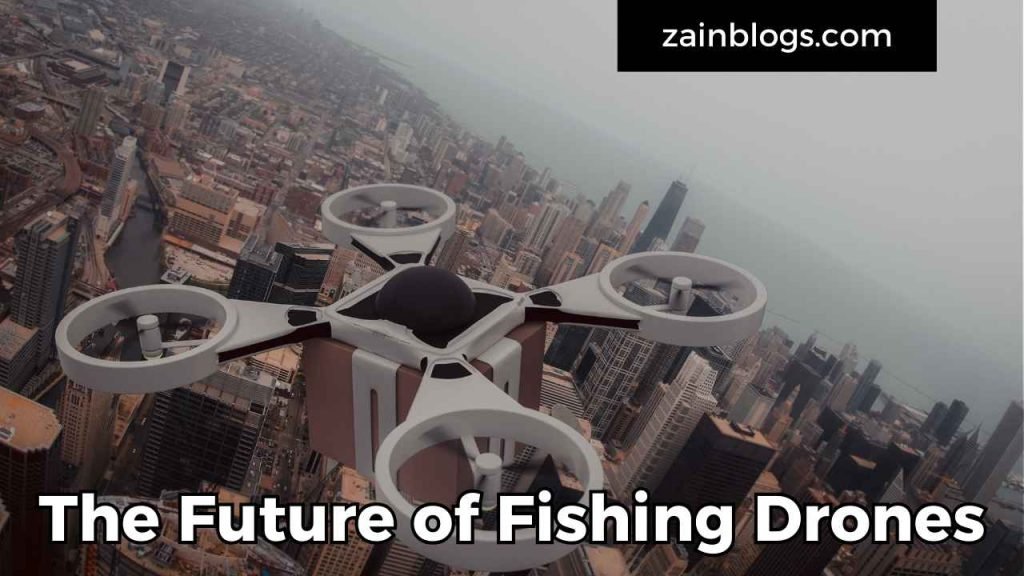
The Future of Fishing Drones
As technology continues to advance, the future of fishing drones looks incredibly promising. Manufacturers are constantly developing new features and improving the capabilities of these devices. In the near future, we can expect to see fishing drones with even longer battery life, greater range, and enhanced camera systems. Some companies are also working on integrating artificial intelligence into drones, allowing them to identify fish species and suggest optimal fishing strategies based on real-time data.
Another exciting development is the potential for drones to be used in commercial fishing. While this concept is still in its early stages, it could revolutionize the industry by making it more efficient and sustainable. Additionally, as drones become more affordable and accessible, we’re likely to see an increase in recreational drone fishing, with more anglers incorporating this technology into their fishing routines.
Also Read: Astronomy Illusions 2024
Conclusion
Fishing drones are no longer just a novelty; they are a powerful tool that can enhance your angling experience in ways you never thought possible. From extending your casting range to scouting the best fishing spots, these devices offer numerous benefits that can take your fishing game to the next level. Whether you’re a seasoned angler or just starting out, there’s a fishing drone out there that’s perfect for you.
As you embark on your drone fishing journey, remember to prioritize safety, follow local regulations, and practice your flying skills to get the most out of your drone. With the right equipment and techniques, you’ll be well on your way to mastering the art of drone fishing. So why not embrace the future of fishing and add a drone to your tackle box today?
FAQ About Fishing Drones
Q1: Is a fishing drone worth it?
Ans: Yes, a fishing drone can be worth it if you frequently fish in hard-to-reach areas or need to cover large distances. It offers enhanced precision and access, making your fishing experience more efficient.
Q2: Are drones banned for fishing?
Ans: Fishing with drones is banned in some regions due to wildlife protection laws and privacy concerns. It’s important to check local regulations before using a drone for fishing.
Q3: Which drones can be used for fishing?
Ans: Drones designed for fishing, like the SwellPro SplashDrone or DJI Phantom, are popular choices. These drones typically have features like waterproofing and payload release systems suitable for fishing.
Q4: What is the range of a fishing drone?
Ans: The range of a fishing drone varies, but most models can operate between 1 to 5 kilometers. The exact range depends on the model, environment, and regulations.
